Atmospheric Layers
Although air is well mixed throughout the atmosphere, the atmosphere itself is not physically uniform but has significant variations in temperature and pressure with altitude, which define a number of atmospheric layers. These include the troposphere (0 to 16 km), stratosphere (16 to 50 km), mesosphere (50 to 80km) and thermosphere (80 to 640km). The boundaries between these four layers are defined by abrupt changes in temperature, and include respectively the tropopause, stratopause and mesopause. In the troposphere and mesosphere, temperature generally falls with increasing altitude, whilst in the stratosphere and thermosphere, temperature rises with increasing altitude.
In addition to temperature, other criteria can be used to define different layers in the atmosphere. The ionosphere, for example, which occupies the same region of the atmosphere as the thermosphere, is defined by the presence of ions, a physico-chemical criterion. The region beyond the ionosphere is known as the exosphere. The ionosphere and the exosphere together make up the upper atmosphere (or thermosphere). The magnetosphere is the region above the Earth's surface in which charged particles are affected by the Earth's magnetic field.
Another well-known layer of the atmosphere is the ozone layer, occupying much of the stratosphere. This layer is defined by its chemical composition - where ozone is especially abundant.
Layers of the Atmosphere
![Atmospheric Layers]()
Troposphere
The lowest layer of the atmosphere is called the troposphere. It ranges in thickness from 8km at the poles to 16km over the equator. The troposphere is bounded above by the tropopause, a boundary marked by stable temperatures. Above the troposphere is the stratosphere. Although variations do occur, temperature usually declines with increasing altitude in the troposphere. Hill walkers know that it will be several degrees cooler on the top of a mountain than in the valley below.
The troposphere is denser than the layers of the atmosphere above it (because of the weight compressing it), and it contains up to 75% of the mass of the atmosphere. It is primarily composed of nitrogen (78%) and oxygen (21%) with only small concentrations of other trace gases. Nearly all atmospheric water vapour or moisture is found in the troposphere.
The troposphere is the layer where most of the world's weather takes place. Since temperature decreases with altitude in the troposphere, warm air near the surface of the Earth can readily rise, being less dense than the colder air above it. In fact air molecules can travel to the top of the troposphere and back down again in a just a few days. Such vertical movement or convection of air generates clouds and ultimately rain from the moisture within the air, and gives rise to much of the weather which we experience. The troposphere is capped by the tropopause, a region of stable temperature. Air temperature then begins to rise in the stratosphere. Such a temperature increase prevents much air convection beyond the tropopause, and consequently most weather phenomena, including towering cumulonimbus thunderclouds, are confined to the troposphere.
Sometimes the temperature does not decrease with height in the troposphere, but increases. Such a situation is known as a temperature inversion. Temperature inversions limit or prevent the vertical mixing of air. Such atmospheric stability can lead to air pollution episodes with air pollutants emitted at ground level becoming trapped underneath the temperature inversion.
StratosphereThe stratosphere is the second major layer of the atmosphere. It lies above the troposphere and is separated from it by the tropopause. It occupies the region of atmosphere from about 12 to 50 km, although its lower boundary tends to be higher nearer the equator and lower nearer the poles.
The stratosphere defines a layer in which temperatures rises with increasing altitude. At the top of the stratosphere the thin air may attain temperatures close to 0°C. This rise in temperature is caused by the absorption of ultraviolet (UV) radiation from the Sun by the ozone layer. Such a temperature profile creates very stable atmospheric conditions, and the stratosphere lacks the air turbulence that is so prevalent in the troposphere. Consequently, the stratosphere is almost completely free of clouds or other forms of weather.
The stratosphere provides some advantages for long-distant flight because it is above stormy weather and has strong, steady, horizontal winds.
The stratosphere is separated from the mesosphere above by the stratopause.
MesosphereThe mesosphere (literally middle sphere) is the third highest layer in our atmosphere, occupying the region 50 km to 80 km above the surface of the Earth, above the troposphere and stratosphere, and below the thermosphere. It is separated from the stratosphere by the stratopause and from the thermosphere by the mesopause.
Temperatures in the mesosphere drop with increasing altitude to about -100°C. The mesosphere is the coldest of the atmospheric layers. In fact it is colder then Antarctica's lowest recorded temperature. It is cold enough to freeze water vapor into ice clouds. You can see these clouds if sunlight hits them after sunset. They are called Noctilucent Clouds (NLC). NLCs are most readily visible when the Sun is from 4 to 16 degrees below the horizon.
The mesosphere is also the layer in which a lot of meteors burn up while entering the Earth's atmosphere. From the Earth they are seen as shooting stars. The dark blue layer next to the blackness of space in the image below is the mesosphere. In fact the upper atmosphere extends much further out, into the thermosphere. 
The thermosphere (literally "heat sphere") is the outer layer of the atmosphere, separated from the mesosphere by the mesopause. Within the thermosphere temperatures rise continually to well beyond 1000°C. The few molecules that are present in the thermosphere receive extraordinary amounts of energy from the Sun, causing the layer to warm to such high temperatures. Air temperature, however, is a measure of the kinetic energy of air molecules, not of the total energy stored by the air. Therefore, since the air is so thin within the thermosphere, such temperature values are not comparable to those of the troposphere or stratosphere. Although the measured temperature is very hot, the thermosphere would actually feel very cold to us because the total energy of only a few air molecules residing there would not be enough to transfer any appreciable heat to our skin.
The lower part of the thermosphere, from 80 to 550 km above the Earth's surface, contains the ionosphere. Beyond the ionosphere extending out to perhaps 10,000 km is the exosphere or outer thermosphere, which gradually merges into space.
Ionosphere
The ionosphere is a layer of ionized air in the atmosphere extending from almost 80 km above the Earth's surface altitudes of 600 km and more. Technically, the ionosphere is not another atmospheric layer. It occupies the same region of the upper atmosphere as the thermosphere. In this region of the atmosphere the Sun's energy is so strong that it breaks apart molecules and atoms of air, leaving ions (atoms with missing electrons) and free-floating electrons. The ionosphere is the region of the atmosphere where the aurorae occur.
Ionisation of air molecules in the ionosphere is produced by ultraviolet radiation from the Sun, and to a lesser extent by high-energy particles from the Sun and from cosmic rays.
AuroraOn certain nights at high latitudes shifting patterns of light may been seen in the sky. These are the aurorae. The bright lights are caused by high-energy particles streaming out from the Sun - the solar wind - striking the Earth's upper atmosphere or ionosphere. Energy from these electrically charged particles is converted into light, forming visible glows, rays, arcs, bands and veils. This light is usually greenish, but is sometimes red as well. The charged particles are attracted by the Earth's magnetic field. Near the magnetic poles, the Earth's magnetic field becomes much stronger. Consequently, it is nearer the magnetic poles that the aurorae are most frequently witnessed.
The power of aurorae depends mostly on the strength of the solar wind. During an intense solar storm, the wind can intensify very strongly, and aurorae may be seen at lower latitudes further from the magnetic poles. Every 11 years, at the peak of the sunspot cycle there is an increase in intensity of the solar wind, and with it, an increase in frequency and intensity of auroral displays.
Aurorae occur in both the Northern and Southern Hemispheres. In the Northern Hemisphere, the display is known as the aurora borealis, or northern lights. In the Southern Hemisphere, it is called the aurora australis, or southern lights. The term aurora polaris, polar lights, is a general name for both. Aurorae are usually visible from within the Arctic or Antarctic circles - Antarctica, Greenland, Iceland and Northern regions of Canada, Alaska, Scandinavia and Russia. During times of more intense activity on the Sun, auroral storms can be viewed at lower latitudes such as northern Scotland and most of Norway, Sweden and Finland. Very rarely displays can be seen from northerly parts of Europe and the United States.

The large number of free electrons in the ionosphere allows the propagation of electromagnetic waves. Radio signals - a form of electromagnetic radiation - can be "bounced" off the ionosphere allowing radio communication over long distances.
ExosphereThe exosphere is the highest layer of the atmosphere. Together with the ionosphere, it makes up the thermosphere. The exosphere extends to 10,000 km above the Earth's surface. This is the upper limit of our atmosphere. The atmosphere here merges into space in the extremely thin air. Air atoms and molecules are constantly escaping to space from the exosphere. In this region of the atmosphere, hydrogen and helium are the prime components and are only present at extremely low densities. This is the area where many satellites orbit the Earth.




























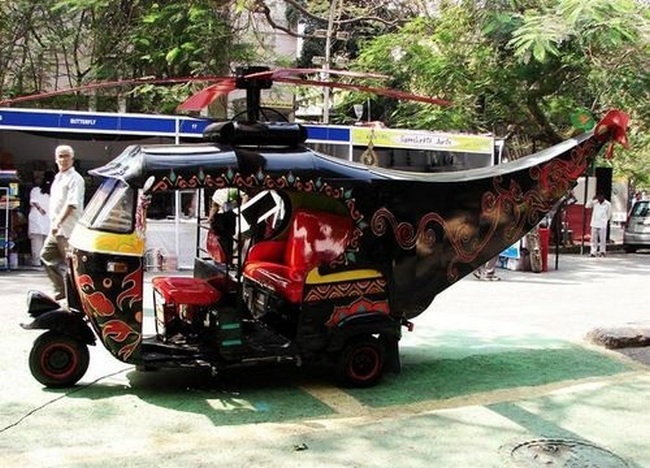





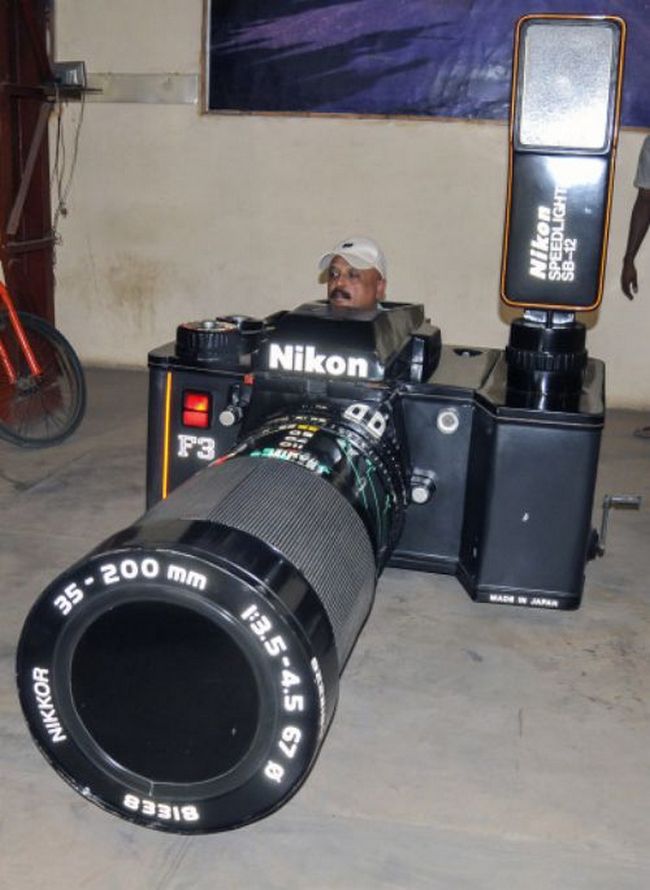



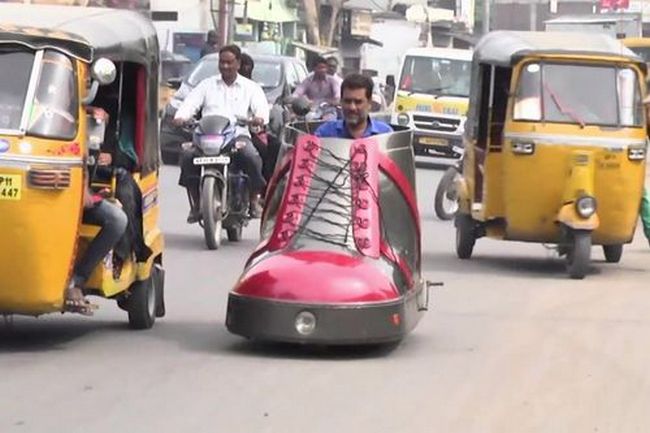
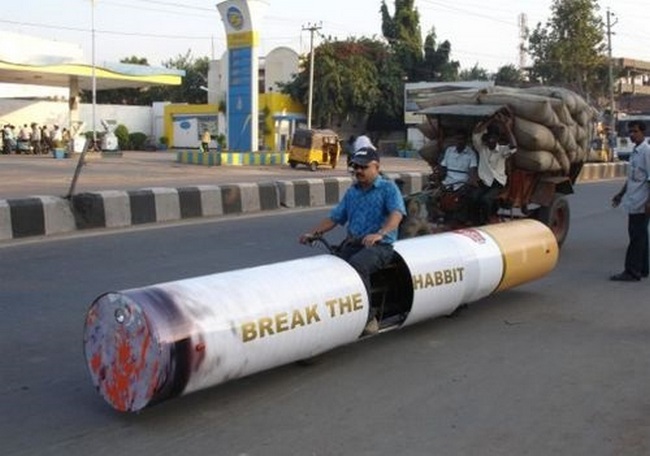
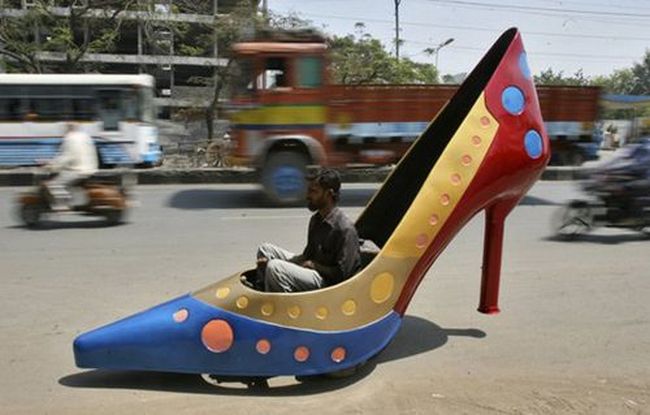






































 global water cycle.
global water cycle. 
 move into cities.
move into cities. 
 a car than to fill a swimming pool.
a car than to fill a swimming pool.
 friends.
friends.
 15 000 liters of water.
15 000 liters of water.
 hours carrying water.
hours carrying water.


